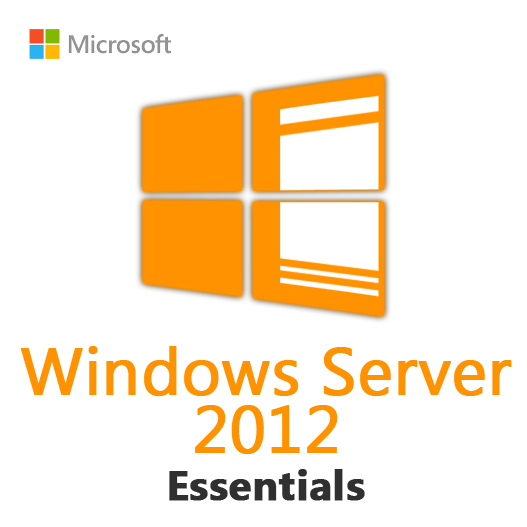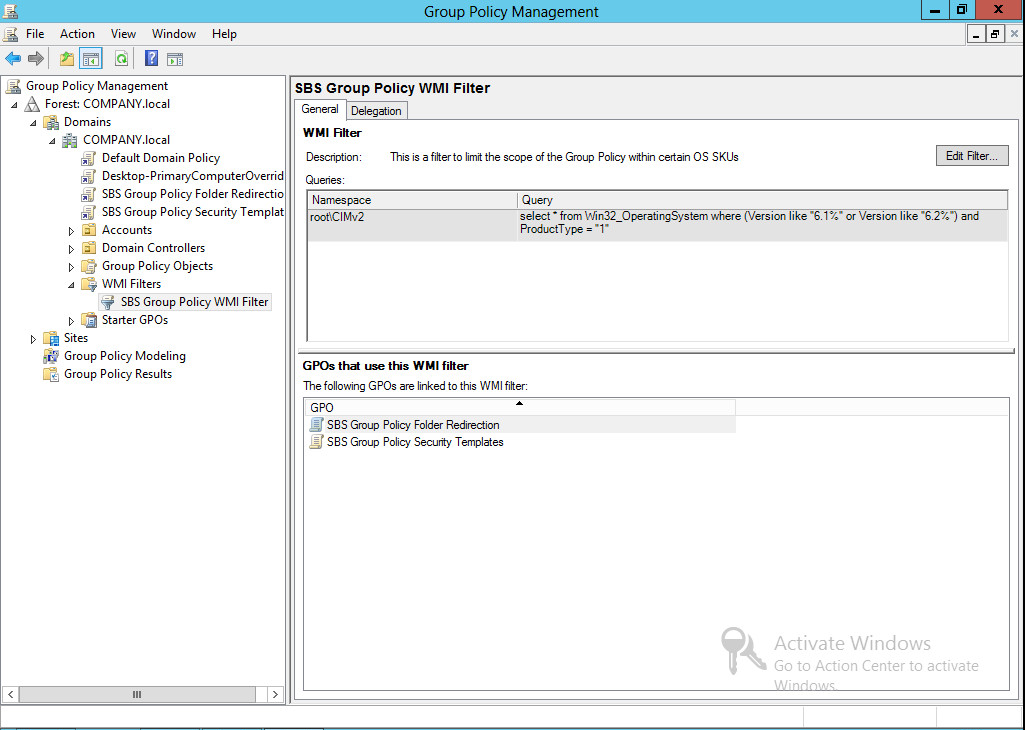

Now we have included all the necessary drivers we are ready to build the ISO! Go to device drivers and specify the folder containing the drivers. Ok now the updates are checked and added to the left pane!īut we want to include some drivers (see my previous post) and VMware tools too! No problem. Here we are able to specify which extra updates must be added to the installation.Ĭhoose the “in map en sub mappen” (folders and sub folders) to specify the directory WSUSoffline just completed downloading the updates to! That’s the client folder: (sorry for the Dutch translation :-)) But go to “Opwaarderingen” or “updates”. (This contains the files you’ve just unpacked) Notice that it can take some time for everything to load. Extract this to a directory with enough free space for you to work with… Now open NTlite.Īdd your Windows 2012 R2 folder to the installation: make sure you have a Windows 2012 R2 ISO. The tool started downloading the update files. Select the 圆4 Server 2012 R2 (in my case) updates and hit Start! Make sure to download WSUSoffline and unpack it to any hard drive with enough free space for you to download the updates.

Finally I use Vmware Workstation to test the ISO (and for the VMware tools drivers). I use WSUSoffline (latest version here) for downloading the latest Windows updates and NTlite for slipstreaming the drivers and creating the ISO. It also works for other Windows versions.

In this blogpost I describe the steps I’ve taken to build my own Windows 2012 R2 ISO. I also would like the VMware tools included for example. For testing purposes I had to deploy several Windows 2012 R2 Servers with the latest updates included.


 0 kommentar(er)
0 kommentar(er)
